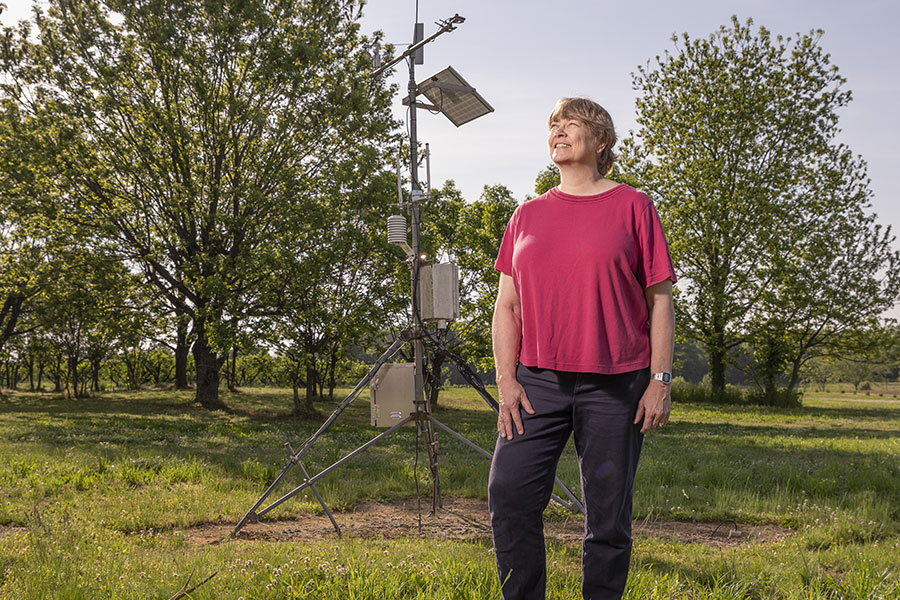By Brad Haire
University of Georgia
In an industry slowly fading in Georgia, tobacco growers got a recent kick in the pants when their major purchaser announced it would no longer buy from them.
At a meeting in Alma, Ga., Oct. 14, Philip Morris USA announced to more than 75 growers that it would honor the three- and five-year contracts it still has with growers, as long as they meet the contracts’ requirements. But it will not give new contracts, said J. Michael Moore, tobacco specialist with University of Georgia Cooperative Extension.
The company will stop buying from Florida growers, too, essentially ending its business in the two states.
“This was no doubt a major blow. Not only to participating growers, but also to south Georgia’s economy,” said Moore, who attended the meeting.
In 1996, Georgia’s tobacco crop was worth $206 million. Last year, it was worth $57 million.
The company buys roughly half of Georgia’s crop, Moore said. The announcement affects half of the 200 to 225 tobacco growers left in the state.
Growers and industry leaders are currently trying to get the remaining three companies still buying in Georgia to buy more or persuade new companies to do business in the state, Moore said.
“We hope this is something we can overcome,” he said.
But it’s going to be a challenge.
With higher federal taxes on U.S. cigarette consumption and the Federal Drug Administration’s newfound regulatory sway over the product, companies aren’t looking to carry a big inventory of tobacco. It’s estimated that some have enough low-quality tobacco now to last them for the next decade, Moore said.
The number of tobacco growers continues to decline in Georgia. There were around 350 two years ago. In 2004, there were 1,000.
That same year, the federal government ended its Depression-era tobacco quota program at the growers’ request. It provided price support but restricted how much they could grow and where. Growers and quota owners were compensated for the end of the program. They now can grow as much tobacco as they feel they need to fill contracts.
Filling those contracts was a challenge this year in Georgia, where disease and wet, stormy weather hit springtime planting and summer harvest hard. Of the 15,000 acres planted, Moore said, 1,700 acres or more were lost.
According to the Georgia Agricultural Statistics Service, Georgia’s average yield this year is 1,500 pounds per acre, or 600 pounds per acre less than last year. This is the lowest average yield ever recorded in the state.
The decision to grow tobacco in Georgia has become harder and harder for growers to make in recent years, Moore said. Many have sold their tobacco-related equipment, which can’t be used for any other crop.
Canadian growers are looking to get back into the tobacco business, calling down their interest to buy good equipment. If a Georgia grower is too uncertain about next year’s crop, he said, they may want to think about selling equipment while they can get a good price for it.



